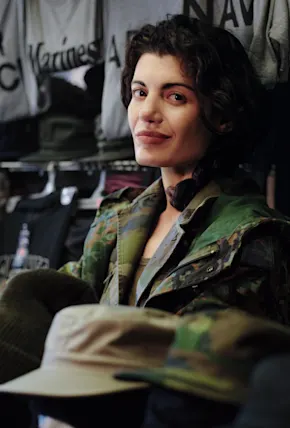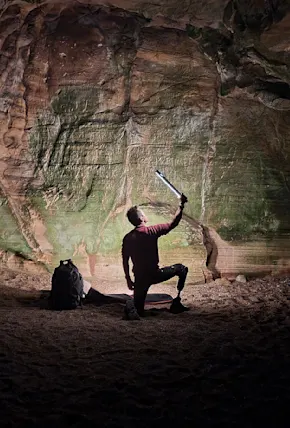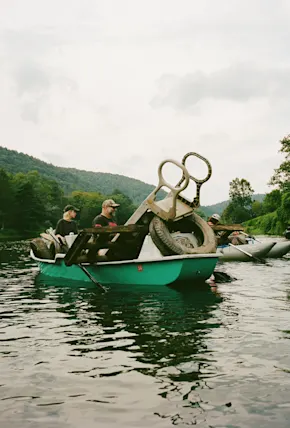After getting hooked on the feeling of running Colorado River trips through the Grand Canyon, 23-year-old Richard Bangs had the bright idea to turn his passion for adventure into a business. Together with fellow whitewater fanatic John Yost, the two founded Sobek Expeditions in 1973 and set about convincing groups of customers who were curious, reckless, or stupid enough to trust a couple of kind hearted kids to run them down hundreds of miles of some of the world’s most remote waterways.
When Bangs first took his travel firm abroad, pinballing down Ethiopia’s Awash River, adventure travel was pretty much a non-entity—even the concept of international trip-taking to established destinations was still in its late youth. (In 1974, just under 2.5 million U.S. passports were issued, compared to over 21 million in 2018.) But the concept caught on.















